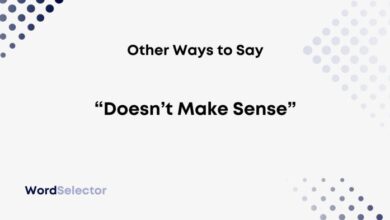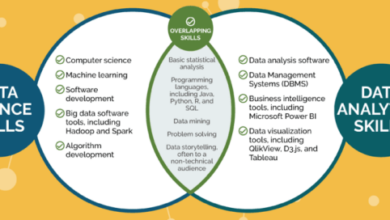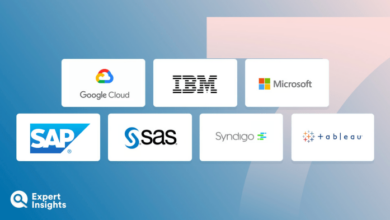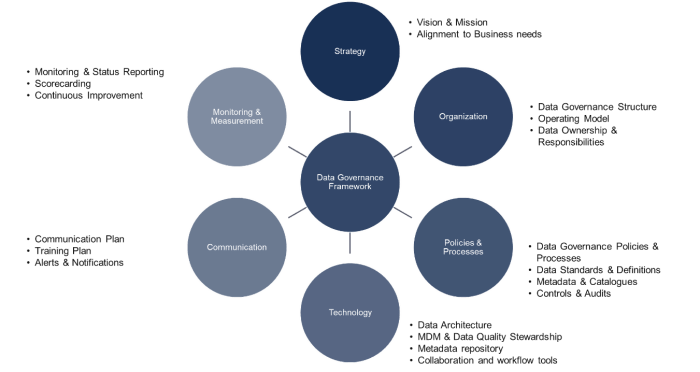
Data Governance vs Data Management: A Guide to Data Control
Data governance vs data management – these two terms are often used interchangeably, but they represent distinct yet complementary aspects of data control. While data governance sets the rules and policies for how data is handled, data management focuses on the practical implementation of those rules.
Understanding the difference between these two is crucial for organizations looking to leverage their data effectively and responsibly.
In essence, data governance acts as the guiding force, defining the principles and frameworks that govern data usage. It establishes policies for data ownership, security, quality, and accessibility. Data management, on the other hand, is the operational arm that implements these policies through various practices, including data storage, integration, and cleansing.
Together, they form a robust system for ensuring data integrity, compliance, and value creation.
Defining the Terms: Data Governance Vs Data Management
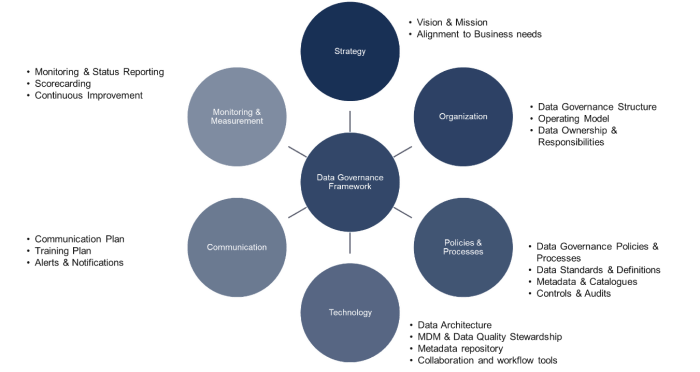
Data governance and data management are two essential components of a successful data strategy. They work together to ensure that data is accurate, consistent, and readily available for informed decision-making. While they are often used interchangeably, they have distinct goals and objectives.
Defining Data Governance
Data governance sets the rules and policies that govern the collection, storage, use, and sharing of data within an organization. It establishes the framework for ensuring data quality, security, and compliance with relevant regulations.
Defining Data Management, Data governance vs data management
Data management focuses on the technical aspects of handling data, including storage, processing, and retrieval. It involves the use of tools and technologies to manage the data lifecycle, from its creation to its disposal.
Goals and Objectives of Data Governance
Data governance aims to achieve the following objectives:
- Data Quality:Ensuring data accuracy, completeness, consistency, and timeliness.
- Data Security:Protecting data from unauthorized access, use, disclosure, disruption, modification, or destruction.
- Data Compliance:Adhering to relevant regulations, industry standards, and internal policies.
- Data Accessibility:Making data readily available to authorized users when and where they need it.
- Data Accountability:Establishing clear responsibilities for data management and governance.
Goals and Objectives of Data Management
Data management aims to achieve the following objectives:
- Data Storage:Selecting and managing appropriate storage solutions for different types of data.
- Data Processing:Efficiently processing and transforming data to meet specific business needs.
- Data Retrieval:Providing users with quick and easy access to the data they need.
- Data Backup and Recovery:Implementing robust backup and recovery mechanisms to protect data from loss or corruption.
- Data Integration:Combining data from multiple sources to create a unified view.
Roles in Data Lifecycle Management
Data governance and data management play distinct roles in the data lifecycle:
Data governance and data management are two sides of the same coin, but they often get confused. While data management focuses on the technical aspects of storing and accessing data, data governance sets the rules and policies for how that data is used.
Think of it like creating a beautiful xoxo heart clutch DIY project: data management is the process of gathering the materials and tools, while data governance ensures you’re using the right materials and techniques to create a stunning final product.
Just as a well-designed clutch needs careful planning and execution, so too does data governance ensure your data is used effectively and ethically.
Data governance and data management are often confused, but they’re distinct concepts. Governance sets the rules for data use, while management focuses on the practical aspects of storing and accessing it. Think of it like the difference between the blueprints for a house and the actual construction process.
You can see how this applies to Elsie’s breakfast nook before elsies breakfast nook before , where the design decisions (governance) were crucial to the final outcome (management). Similarly, data governance provides the framework for data management to be successful, ensuring data is used ethically and effectively.
Data governance and data management are often confused, but they’re distinct concepts. Governance sets the rules and policies for data, while management focuses on the day-to-day operations of data. Think of it like this: data governance is like the constitution for your data, while data management is like the government running the day-to-day affairs.
It’s a similar idea to how at home with shannon smith in washington dc showcases the life of a politician, balancing policy with real-world implementation. Ultimately, both data governance and data management are crucial for ensuring data quality, security, and compliance.


